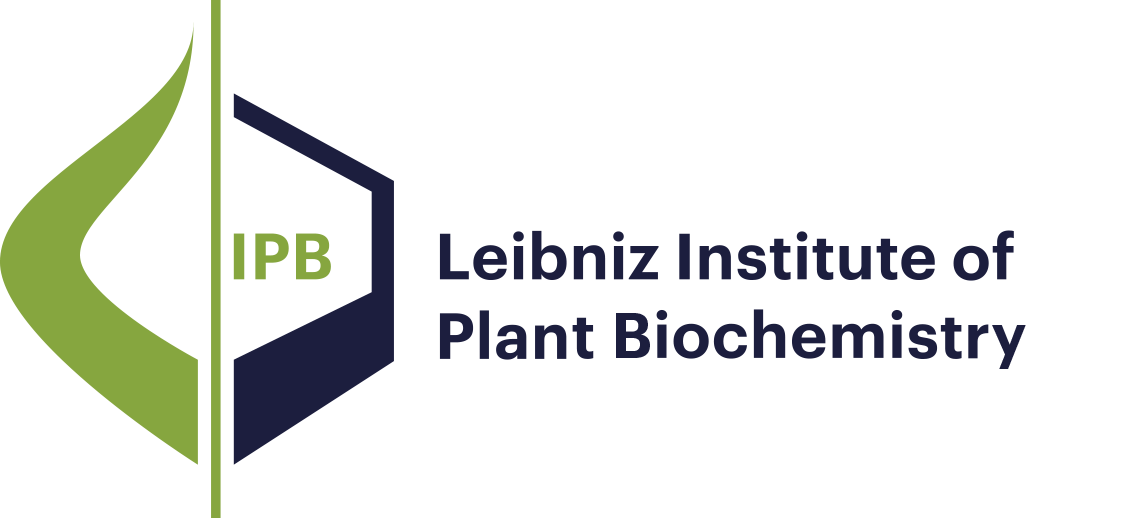- Results as:
- Print view
- Endnote (RIS)
- BibTeX
- Table: CSV | HTML
Publications
Research Mission and Profile
Molecular Signal Processing
Bioorganic Chemistry
Biochemistry of Plant Interactions
Cell and Metabolic Biology
Independent Junior Research Groups
Program Center MetaCom
Publications
Good Scientific Practice
Research Funding
Networks and Collaborative Projects
Symposia and Colloquia
Alumni Research Groups
Publications
The property of the isonitrile group to enable the simultaneous α-addition of a strong electrophile and a nucleophile has always attracted the attention of organic chemists. Its versatility is augmented when recognizing that its high structural compactness, the inertia to most of the naturally occurring functional groups, and relatively prolonged physiological and metabolical stability, convert it into the smallest bioorthogonal group. The discovery and optimization of the isonitrile-tetrazine [4+1] cycloaddition as an alternative tool for the development of ligation and decaging strategies and the recently reported reaction of isonitriles with chlorooximes bring new opportunities for the utilization of this functional group in biological systems. Although several approaches have been reported for the synthesis of isonitrile-modified carbohydrates and polysaccharides, its incorporation in proteins has been barely explored. Besides compiling the reported methods for the assembly of isonitrile-modified proteins, this Mini-Review aims at calling attention to the real potential of this modification for protein ligation, decaging, immobilization, imaging, and many other applications at a low structural and functional cost.

